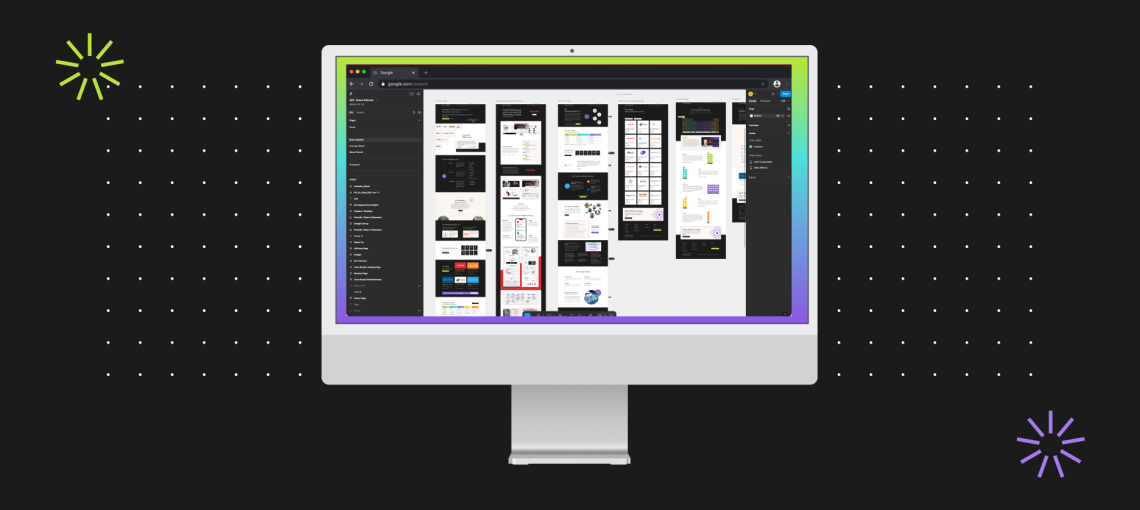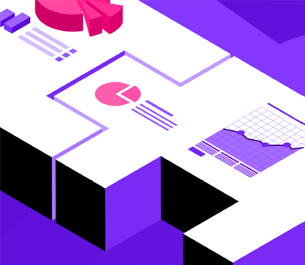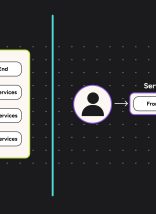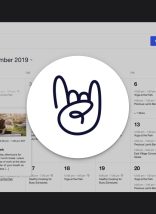The digital landscape in 2025 is more dynamic and demanding than ever before. When we talk about Web Design, we’re not just referring to how a website looks. At its core, modern web design encompasses two critical and interconnected disciplines: User Experience (UX) Design and User Interface (UI) Design.
UX design is the science and art of understanding user needs, behaviors, and motivations. It involves conducting thorough research, creating user personas, mapping user journeys, and testing prototypes to ensure a website is intuitive, efficient, and provides a seamless experience. Think of it as the blueprint of a building, focusing on functionality and flow.
UI design, on the other hand, focuses on the visual elements and interactive components of a website. This includes everything from typography and color palettes to button styles and animations. UI designers ensure the interface is aesthetically pleasing, brand-consistent, and guides users effectively through their journey. It’s the interior design of the building, focusing on aesthetics and usability.
While a website built on a standard platform might be fine, it often won’t achieve the level of polish and user-centricity that a custom-designed website can offer.
Beyond the Surface: Why Web Design Isn’t Just Graphic Design
A common misconception is that any designer can tackle web design. While graphic designers possess valuable skills in visual communication, web design requires a specialized skillset. You wouldn’t ask a dentist to perform brain surgery on you, would you? Similarly, expecting a graphic designer without specific web expertise to deliver a high-performing website can lead to suboptimal results.
Getting the Right Person for the Job
Investing in a dedicated web designer, or better yet, a team that includes both UX and UI specialists, is crucial for success in the digital realm. These professionals understand the intricacies of designing for the web – considering factors like responsiveness across various devices, website performance, accessibility standards, and user behavior patterns specific to online environments.
A skilled web designer doesn’t just create visually appealing layouts. They take the valuable insights and data provided by UX researchers and translate them into intuitive and engaging user experiences. They understand the technical constraints and opportunities of web development, ensuring their designs are “dev-ready” and can be efficiently implemented by developers. This collaborative approach streamlines the process and ultimately leads to a better final product.
The Evolving Toolkit: Technology and the Rise of CMS Platforms
The web design landscape is constantly being shaped by new and upcoming technologies and Content Management System (CMS) platforms. These tools, while powerful for getting a basic website off the ground quickly, often serve as starting points rather than solutions for truly tailored and unique online experiences. Platforms offer templates and pre-built components that can be convenient, but they often lack the flexibility to perfectly align with specific brand identities and complex user needs. While a website built on a standard platform might be fine, it often won’t achieve the level of polish and user-centricity that a custom-designed website can offer.
Speaking of advancements, the Config 2025 conference held just last week showcased exciting developments, particularly within Figma. Once again, Figma is pushing the boundaries of design tools, introducing features that empower designers to create even more sophisticated and interactive web experiences. These updates are focused on bridging the gap between design and development, offering better prototyping capabilities, and facilitating smoother collaboration – all essential for crafting exceptional websites.
Is a Tailored Website Right for You?
So, when is a custom-designed website the right choice? It comes down to your specific goals and needs. If you require a website that truly reflects your unique brand identity, offers a highly tailored user experience, and provides the flexibility to scale and adapt to future needs, then investing in a custom solution is often the most strategic decision. While it may involve a larger upfront investment, the long-term benefits in terms of brand differentiation, user engagement, and business growth can be significant.
Setting Clients Up for Success in the Digital World
Ultimately, the goal of great web design in 2025 is to set clients up for success. This means delivering not just a visually appealing website, but a powerful tool that achieves their business objectives. By focusing on user-centered design principles, leveraging the right expertise, and making informed decisions about technology, we can create websites that are not only beautiful but also effective, engaging, and future-proof. It’s about crafting digital experiences that resonate with users and drive meaningful results for our clients in this ever-evolving digital landscape.










